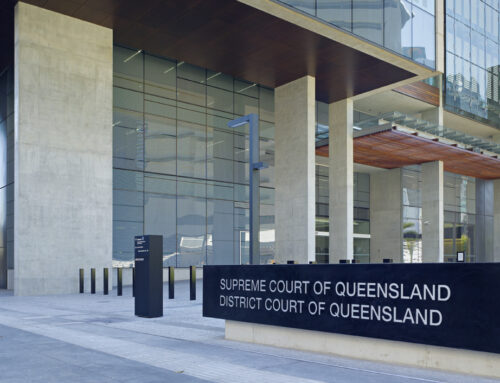Part 1 – Scenario
A retired couple, Bob and Carol, had owned their modest two bedroom home at Redcliffe for 15 years. It had been built in the 60’s and was in a state of disrepair as Bob was now 68 years of age and no longer able to maintain it as he had once done.
Their home valued at $560,000 was encumbered by a mortgage to NAB with a balance outstanding of $60,000.
Their daughter Alice was married to Ted and until now they had always rented as they did not have the means to acquire their own home. Alice wanted to be near her parents to help take care of them and Bob and Carol wanted to help her and her husband Bob buy a house of their own. Seeing the possibility of a mutual benefit they came to the following arrangement:
- Bob and Carol would sell a 70% interest in their home to Ted and Alice for $392,000 (70% of $560,000);
- Ted and Alice, who had joint savings of $50,000, would borrow the balance of $342,000 from their bank, the ANZ;
- The ANZ Bank would register a mortgage over the Redcliffe house to secure the loan;
- Bob and Carol would use the proceeds from the sale to Ted and Alice to:
- Pay out their existing mortgage to the NAB;
- Use the balance to carry out repairs to the existing house and to build an extension to accommodate themselves as well as Ted and Alice and their daughter Glenda.
Together they consulted a solicitor to draw up the paperwork. The solicitor concerned prepared a standard REIQ contract whereby Bob and Carol sold a 70% interest in their Redcliffe home to Ted and Alice which resulted in all four parties being registered as follows:
- Bob and Carol (as joint tenants inter se) and Ted and Alice (as joint tenants inter se) as tenants in common in the interests of 3/10 and 7/10 respectively.
A mortgage in favour of the ANZ Bank was registered over the property. Because the property was registered in all four names, albeit in different proportions, the bank, as is normal procedure in such circumstances, insisted that all four parties be “jointly and severally” responsible for the payment of the loan to the bank.
The solicitor who handled the conveyance for them did an admirable job in achieving the desired transfer of title, however, he failed miserably in protecting them from a number of potential scenarios that could have disastrous consequences for some or all of them in the future.
In the next few articles we will look at some of these potentially disastrous consequences and also look at how they might have been averted with a well drawn Co-Owner Deed designed to prevent confusion, promote harmony and reduce the possibility of litigation which is usually expensive, protracted and traumatic in the extreme.
If you’d like to discuss any of the issues raised within this article please feel free to contact our team on 07 3284 9433 or email info@cookehutchinson.com.au.





